The Bhagavad Gita explains love as devotion, equality, and surrender to God. Learn the hidden wisdom about love in...
How many skandhas are there in srimad bhagavatam
The Twelve Skandhas of the Srimad Bhagavatam: A Spiritual Journey
The Srimad Bhagavatam, also known as the Bhagavata Purana, is a monumental scripture in Hinduism that offers profound insights into the nature of the divine, the importance of devotion, and the intricacies of creation. Attributed to Sage Vyasa, this sacred text is divided into twelve Skandhas (books or cantos), each serving a unique purpose in the broader narrative of Lord Krishna’s life and teachings. This article will explore the significance, themes, and content of each Skanda, highlighting the spiritual journey it presents to its readers.
Canto 1: The Creation of the Universe and the Glories of Krishna
The first Skanda introduces the main themes of the Bhagavatam, including the creation of the universe and the divine nature of Lord Krishna. It begins with the sages of Naimisharanya gathering to discuss the essence of dharma. This Canto establishes the significance of devotion and sets the stage for Krishna's divine play. It includes stories of various devotees, emphasizing the importance of surrendering to God.
Canto 2: The Essence of Creation and the Path of Devotion
In the second Skanda, Vyasa delves deeper into the process of creation, discussing the cosmic elements and the nature of time. It emphasizes the importance of understanding the purpose of life, which is to attain a loving relationship with the Supreme. The teachings of this Skanda focus on the significance of devotion (bhakti) as the path to liberation, encouraging readers to engage in spiritual practices and cultivate a loving relationship with Krishna.
Canto 3: The Cosmic Creation and the Role of Brahma
The third Skanda narrates the story of Lord Brahma and his role in the creation of the universe. It describes the various living entities and their purposes. This Canto also discusses the concept of tapas (austerity) and its significance in spiritual development. The dialogues between Krishna and Brahma provide insights into the relationship between the creator and the created, reinforcing the idea that the ultimate goal is to realize the divine nature of Krishna.
Canto 4: The Tales of Kings and the Importance of Dharma
The fourth Skanda focuses on the narratives of various kings, including the story of Dhruva Maharaja and Prahlada Maharaja. It emphasizes the importance of dharma (righteousness) and how adherence to moral principles leads to spiritual success. The tales in this Skanda illustrate the consequences of one's actions and the transformative power of devotion, showcasing how sincere devotion can lead to divine blessings.
Canto 5: The Structure of the Universe and Cosmic Principles
The fifth Skanda presents a detailed account of the universe's structure, including descriptions of different planetary systems and their inhabitants. It discusses the laws of nature and the principles governing the universe. The Canto emphasizes that understanding the cosmos helps one appreciate the greatness of God and the interconnectedness of all beings. The stories within this Skanda reinforce the idea that devotion to God transcends material existence.
Canto 6: The Power of Devotion and the Story of Vritrasura
In the sixth Skanda, the narrative revolves around the demon Vritrasura and his encounter with Indra, the king of the gods. This Canto highlights the power of unwavering devotion and the transformative nature of surrendering to the divine will. Vritrasura, despite being a demon, displays immense devotion to Lord Krishna, illustrating that true devotion can arise in any form. This Skanda serves as a reminder that the essence of spirituality is not limited to appearances but resides in one's heart.
Canto 7: The Teachings of Prahlada Maharaja
The seventh Skanda is primarily centered on Prahlada Maharaja, a great devotee of Lord Vishnu. His unwavering faith in the face of adversity becomes a central theme. The teachings of Prahlada highlight the importance of devotion, the futility of material desires, and the ultimate goal of realizing one's connection with the divine. This Skanda serves as a beacon of hope for devotees, emphasizing that true strength lies in surrendering to God.
Canto 8: The Churning of the Ocean
The eighth Skanda narrates the famous story of the churning of the ocean (Samudra Manthan) and the emergence of various divine treasures. This narrative symbolizes the efforts required to attain spiritual knowledge and the ultimate realization of the divine. It teaches that the path to enlightenment is fraught with challenges, but through devotion and cooperation, great rewards can be achieved.
Canto 9: The Genealogies of Kings and Devotion
The ninth Skanda presents the genealogies of various kings, focusing on the significance of lineage in understanding devotion. It recounts the stories of notable figures like King Ambarisha and his unwavering devotion to Lord Vishnu. This Canto emphasizes that true greatness lies in devotion rather than material achievements, reinforcing the central theme of the Bhagavatam.
Canto 10: The Life and Pastimes of Lord Krishna
The tenth Skanda is perhaps the most celebrated section of the Srimad Bhagavatam, detailing the life and divine pastimes of Lord Krishna. It includes stories of his childhood in Vrindavan, his interactions with the gopis, and his role in the Mahabharata. This Canto captures the essence of Krishna's playful yet profound nature, emphasizing that his pastimes are not merely historical accounts but serve as divine instructions for devotees.
Canto 11: The Teachings to Uddhava
In the eleventh Skanda, Krishna imparts profound philosophical teachings to his dear friend Uddhava. This Canto emphasizes the importance of renunciation, self-realization, and the ultimate goal of life: realizing one’s relationship with God. Krishna’s discourse in this
Skanda provides invaluable guidance for seekers on the spiritual path, focusing on devotion as the means to liberation.
Canto 12: The Conclusion and the Importance of Bhakti
The twelfth Skanda concludes the Bhagavatam with discussions on the importance of devotion and the nature of the universe. It summarizes the teachings of the previous Skandas, reinforcing the idea that devotion to Krishna is the essence of spiritual life. The concluding verses encourage readers to embrace the path of bhakti, promising divine grace and liberation.
Conclusion
The twelve Skandhas of the Srimad Bhagavatam collectively present a comprehensive spiritual journey that explores the nature of the divine, the significance of devotion, and the intricacies of creation. Through its rich narratives and profound teachings, the Bhagavatam remains a timeless source of inspiration for devotees, guiding them on the path of love and devotion to God.

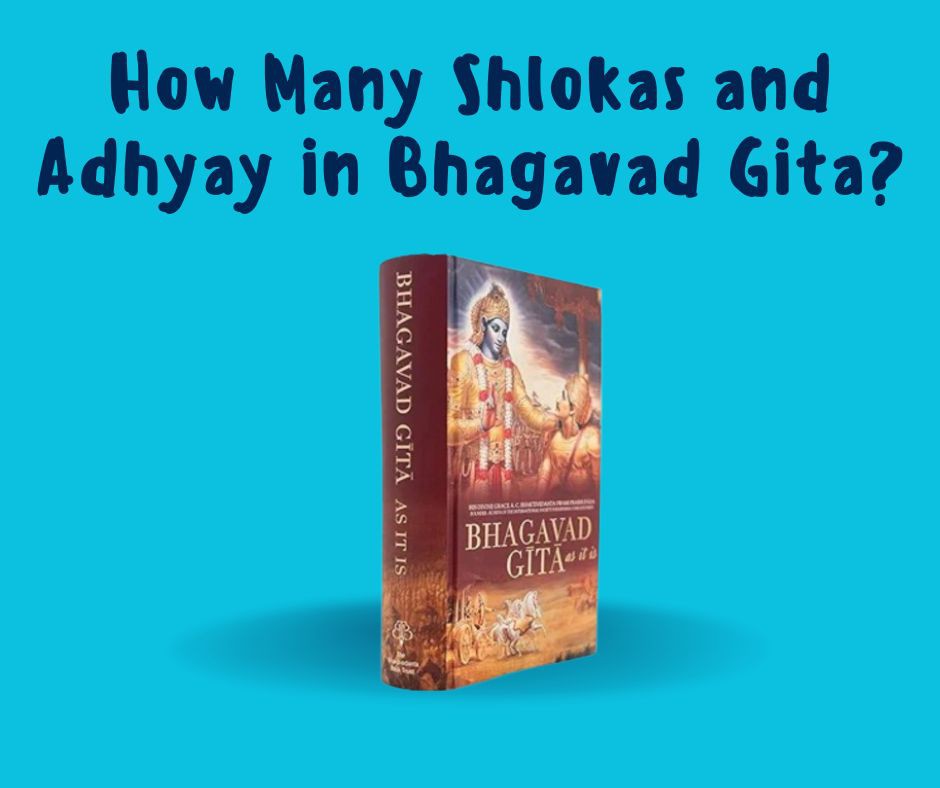
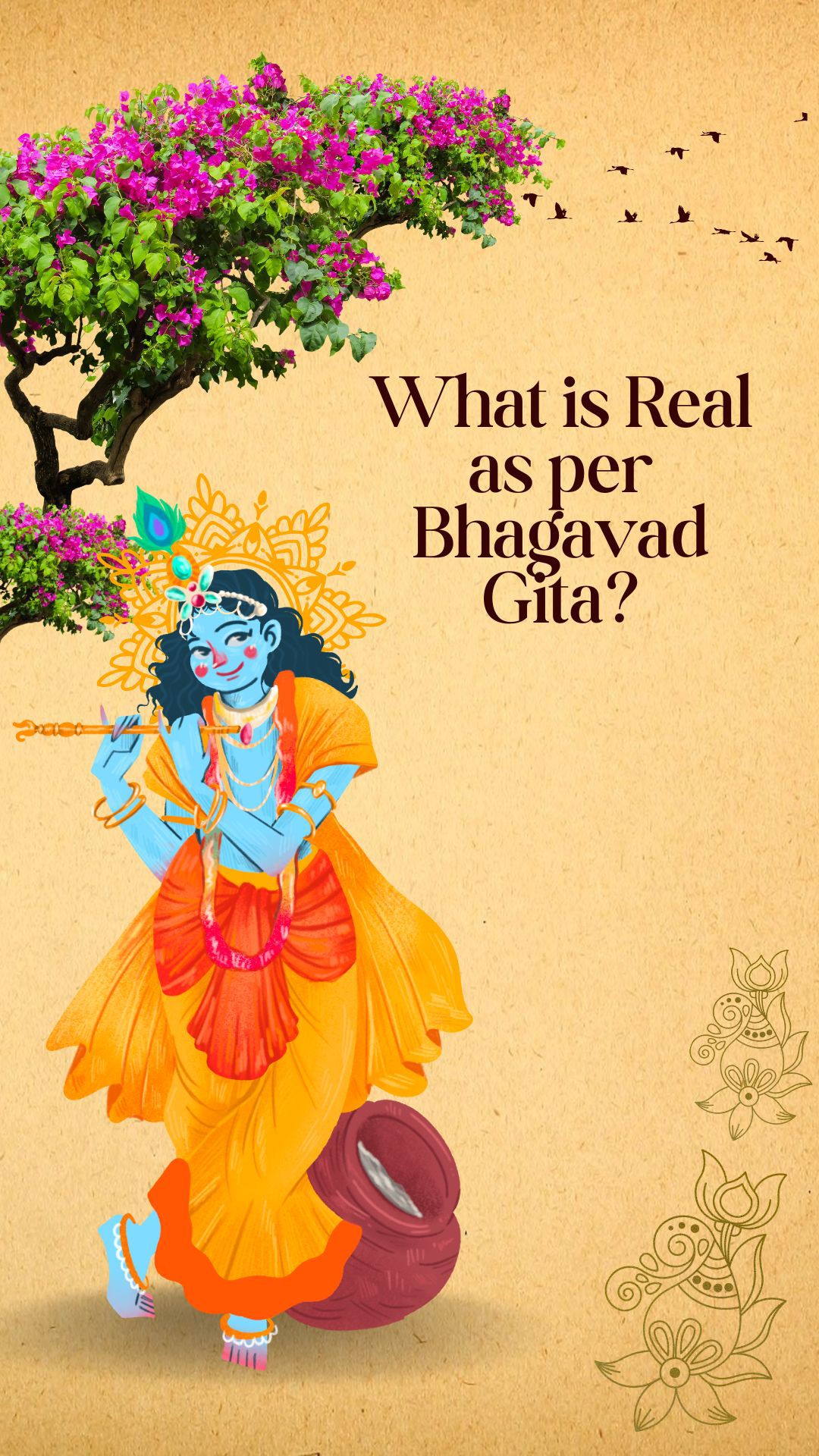
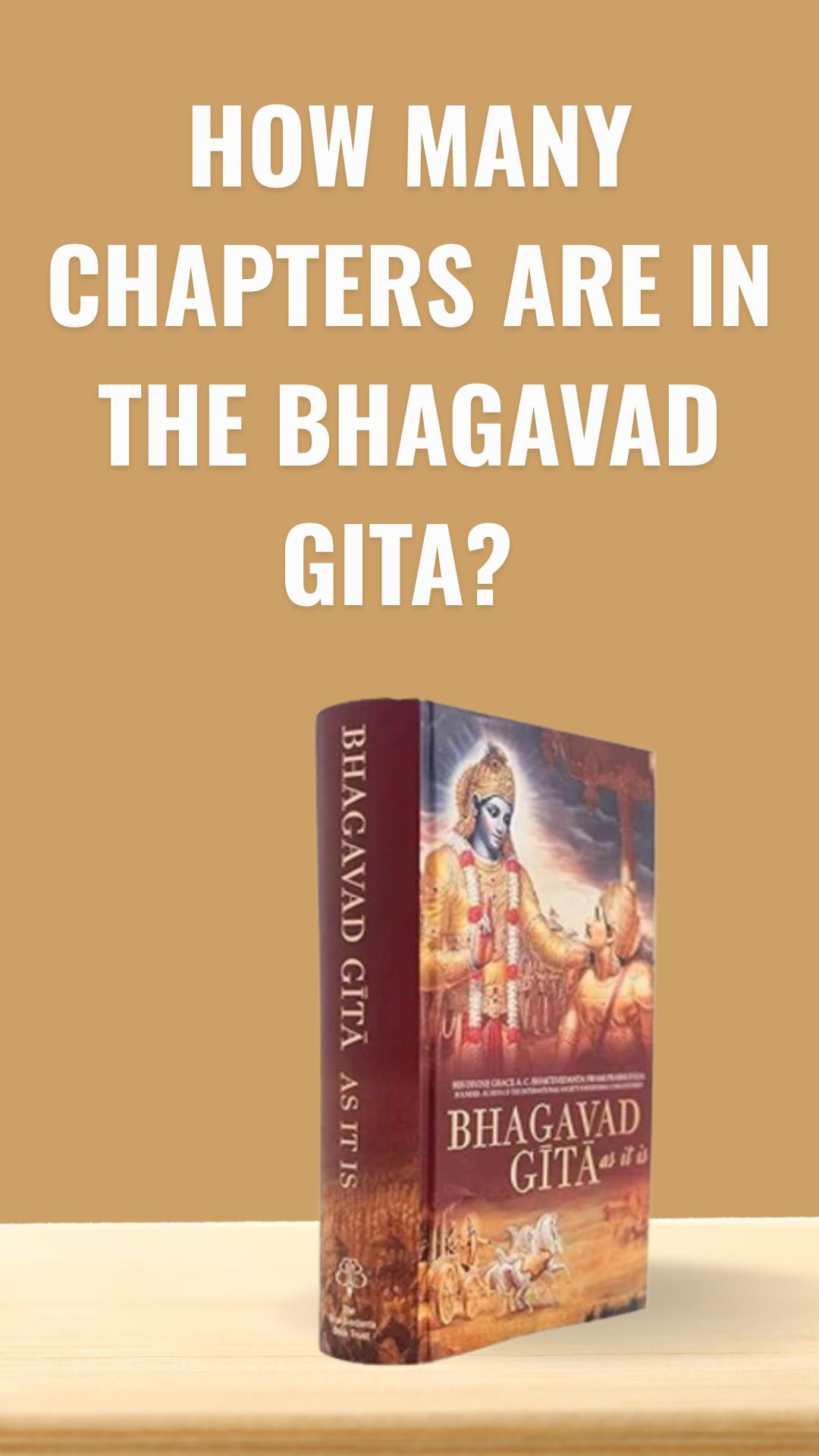
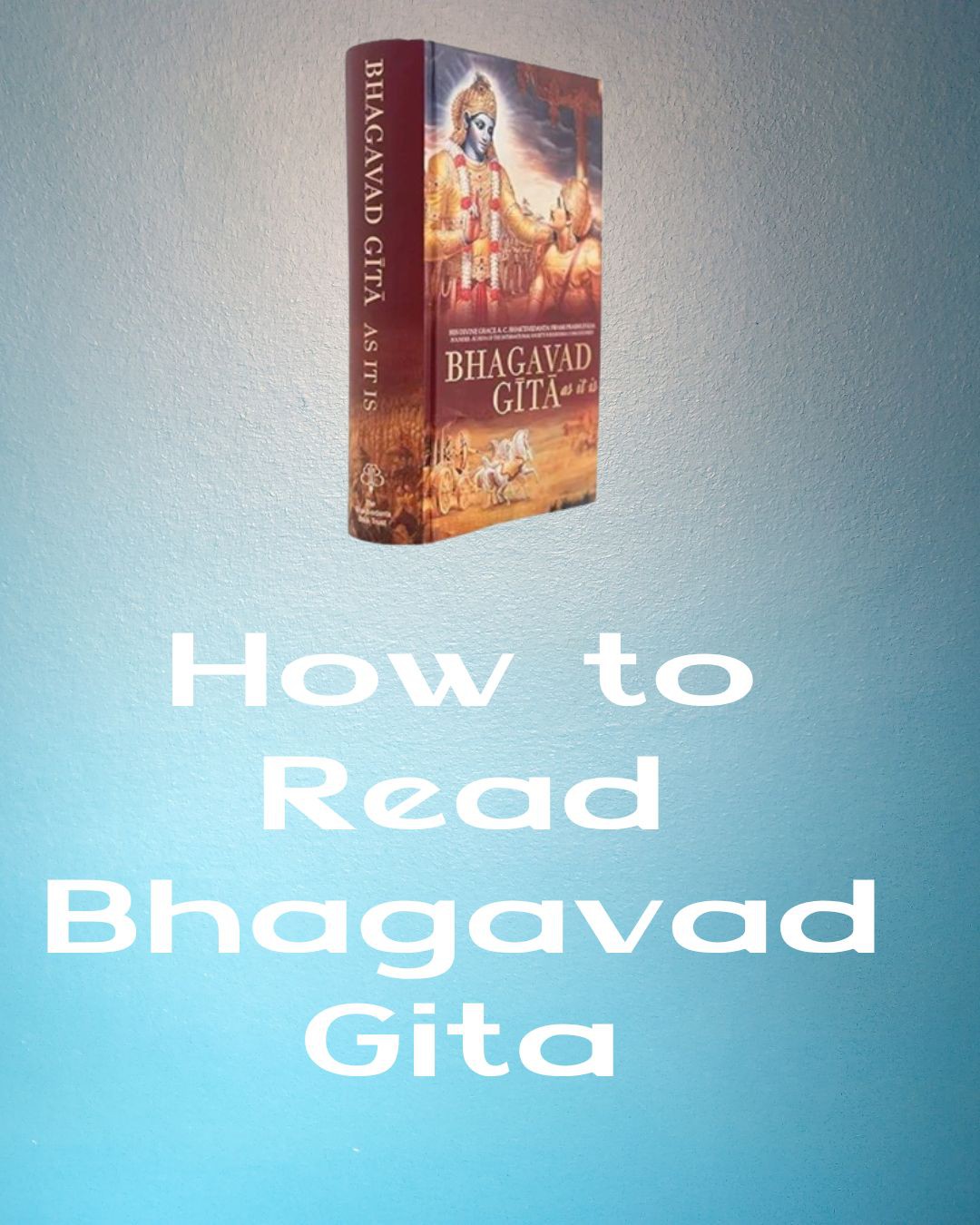





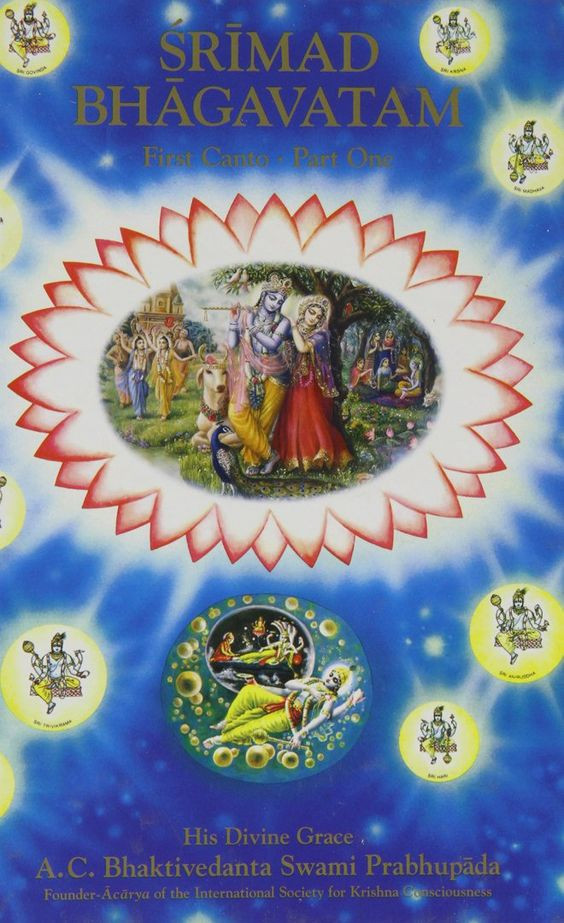
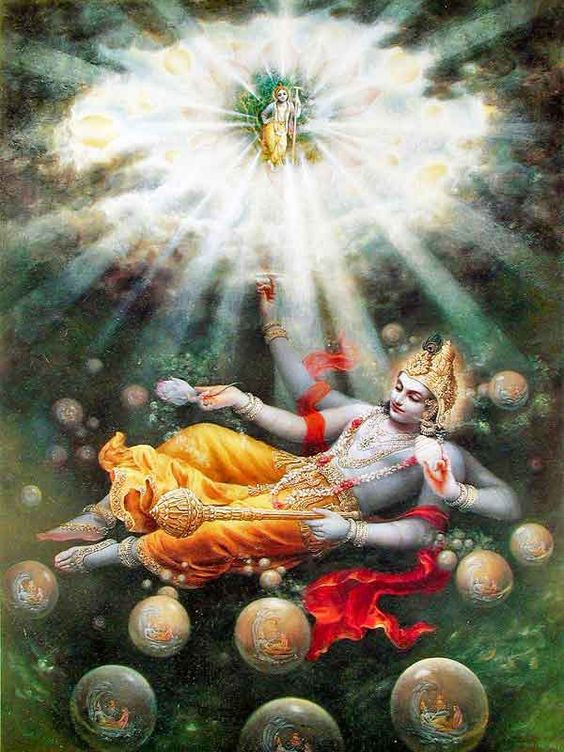
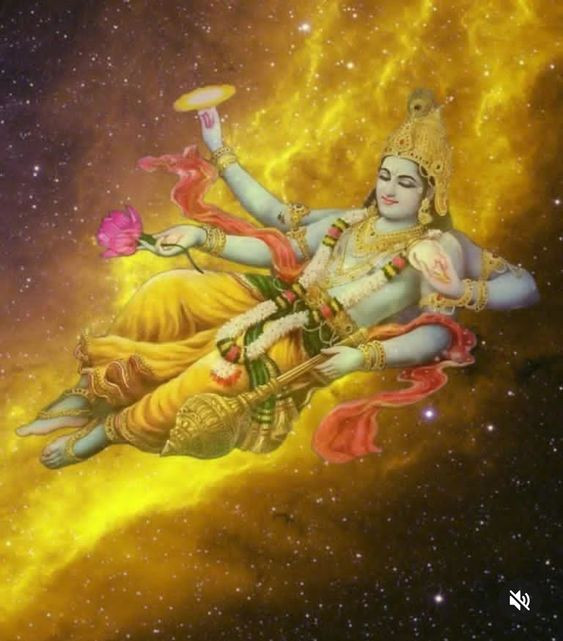
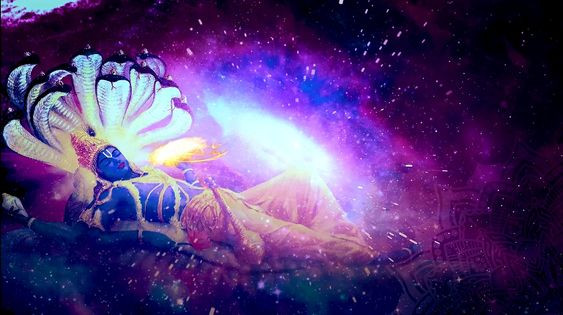

Leave a comment